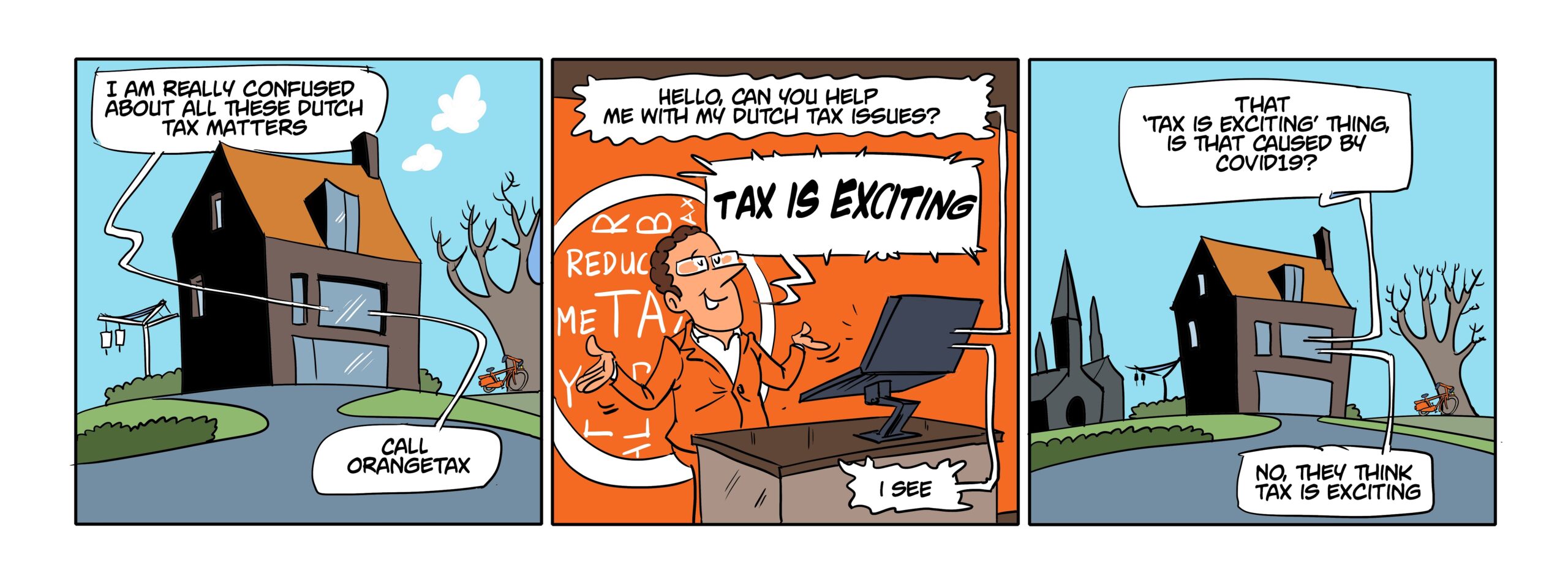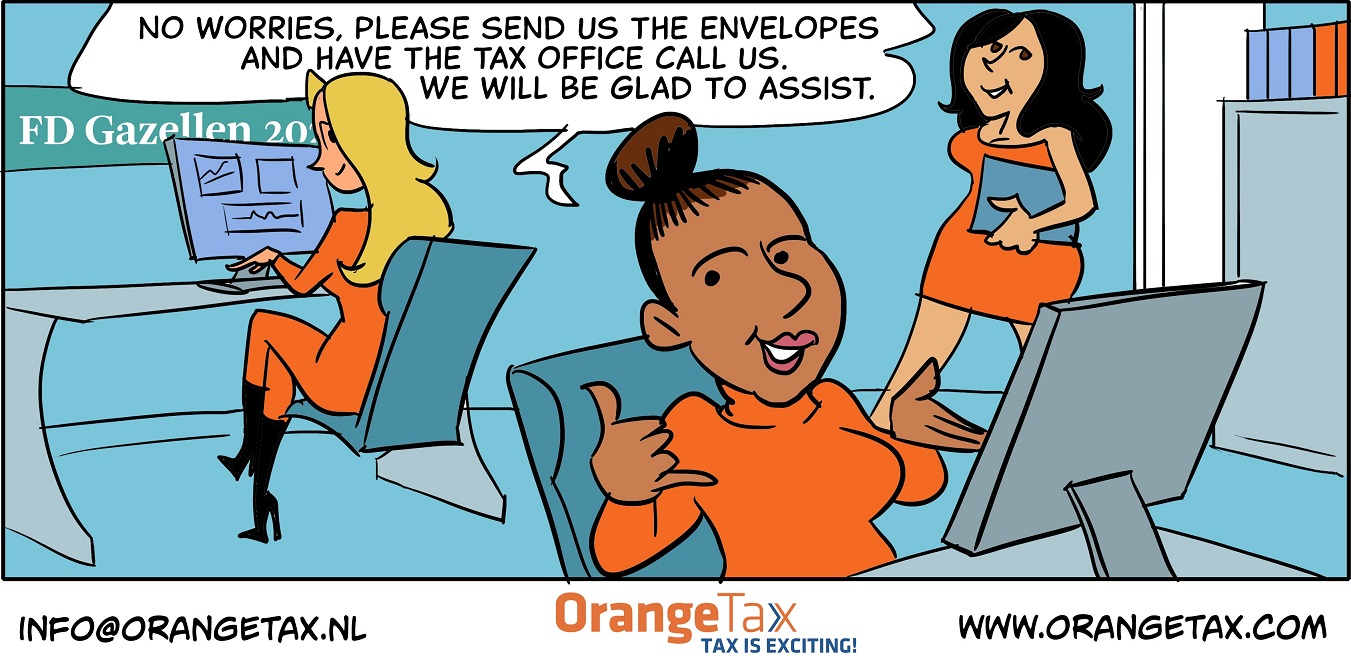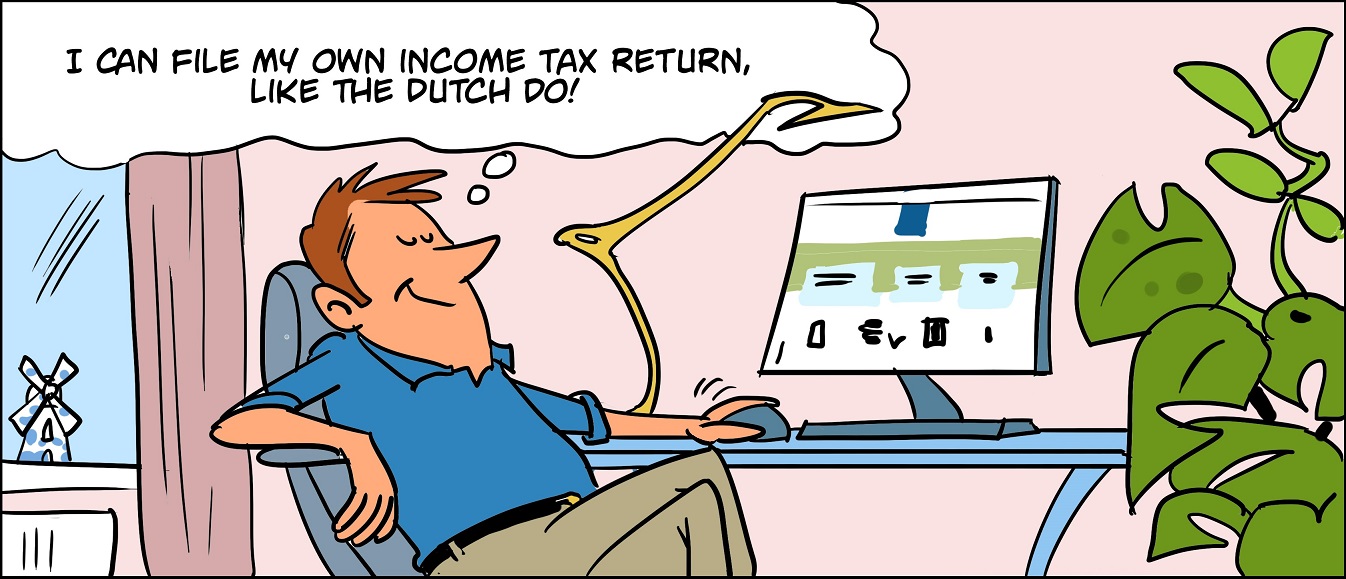In the Netherlands we know the mortgage deduction. The mortgage deduction applies to the house you purchased with the aim of that becoming your main residence, for which you took out a loan.
Deductible costs house
If you purchase a house, the costs related to the loan taken out to be able to purchase the house are deductible. That implies:
Valuation costs
That is the cost made by the real estate agent to valuate the house, based on which the mortgage bank provides a loan.
Mortgage expert costs
The mortgage expert assist you to assist you in the field of all the rules and regulations that exist for mortgage loans.
Notary costs
The costs the notary made with respect to the registration of the mortgage loan.
Mortgage interest
On the mortgage loan taken out to purchase, repair or update the house that is your main residence.
Erfpacht / ground lease
In Amsterdam the ground your house is build on in most cases is still owned by the city of Amsterdam. For the rent of this ground you pay Erfpacht and the amount of erfpacht paid is deductible. If you made an agreement to pay one amount of Erfpacht for the next 50 years or for ever, then this amount is not deductible, but is assumed to be part of the purchase price of the property.
Among these costs you have not read anything that refers to a new roof put on the house, new kitchen, bathroom, floor, outside wall replacement. These are indeed investments in the house, however, the investment on itself does not result in a deduction for the income tax return. That changes when you take out a loan to pay for these costs. The costs made to the house are still not deductible, but the costs related to the loan taken out for the investment are deductible.
There is one exception to this rule:
Monument deductible costs
If you happen to have purchased a house that is recognized by the Dutch Government as being a monument, you can deduct 80% of the costs made in the income tax return, regardless if you took out a loan for these costs.

That said, the costs are only deductible when they are made to maintain the house, repair the house or renovate the house in style as it was in the days the monument was being build. Maybe in 1700 during the high days of the Dutch Kingdom there was no central heating or no bathroom as we know it now. Still it is possible to renovate the house in a house you can actual live in and deduct the costs.
Our advise is always to contact the tax office up front. There is a special monument department. With this department you can discuss up front what you would like to do with the monument and determine what costs will be accepted by the Dutch tax office. That can prevent enormous headaches when you expect a deduction and the tax office is challenging the entire deduction.
This experienced a lady who purchase a so called Rijksmonument. She replaced the old, damaged wooden floor by a new wooden floor with isolation under the floor. In her 2011 income tax return this lady deducted the costs of EUR 73.182 maintenance of the monument. Out of this amount was EUR 10.000 dedicated to the wooden floor. However, the isolation costs were not taken into account, as in the old days this was unknown.
The tax inspector challenged the deduction of the wooden floor, as the replacement of a new floor is not in line with the instruction that comes with monument deductible costs. The instruction is that the monument needs to be renovated as much as possible in line with the standard of the time the monument was build. The inspector took the standpoint that this was indeed not a monument renovation, but an user upgrade that is not deductible.
Fortunately the The Hague court disagreed with the tax inspector. The maintenance of the monument was very much neglected during the 44 years the previous family lived in the monument, and after they left, the monument was empty for a three year period. The lady had proven to the court that it was essential to replace the wooden floor. The isolation under the floor was not part of the discussion, as that was not claimed in the income tax return. Hence the EUR 10.000 deduction remained.
Orange Tax Services
If you see the costs involved in such a renovation, EUR 73.182, I hope you agree that it is very much advised to agree with the tax inspector up front about the deductible costs. If the up front agreement would have been that the wooden floor is not part of the discussion, then you could inform the tax inspector at that time as well that you will have an argument. The argument can only go to court, after the tax inspector denied the deduction in the actual income tax return.
The lady had her case build very well we think, most likely with plenty of pictures to proof the court the house was in very poor state when purchased.





